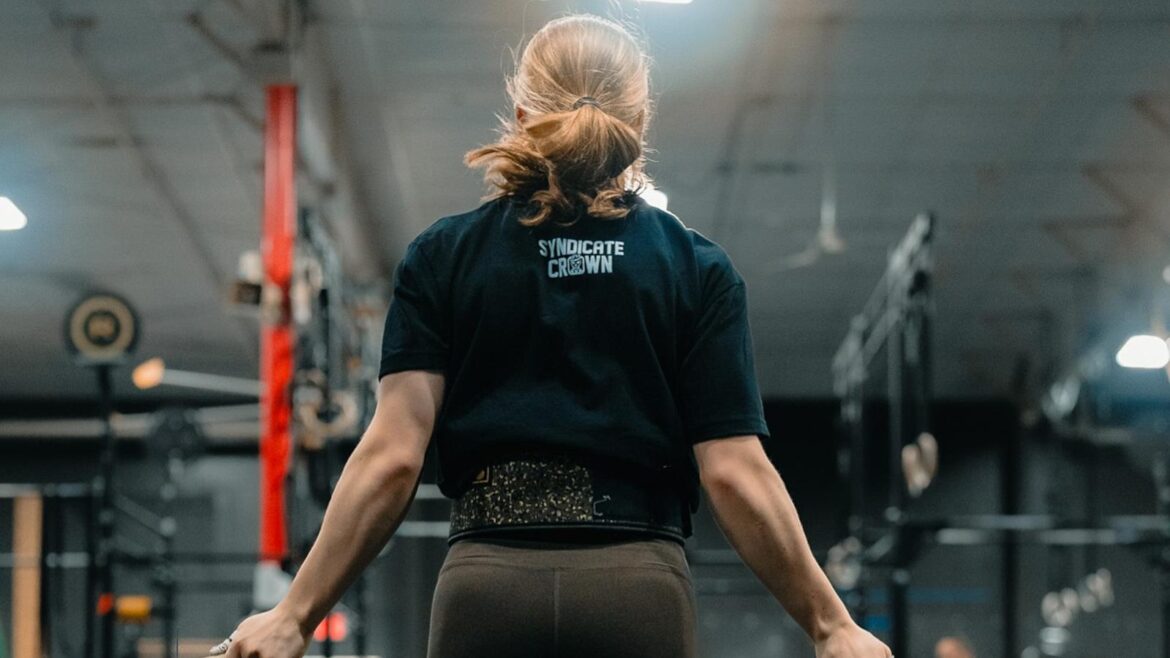Less than 10% of qualified athletes took part in the workouts.
The Last Chance Qualifier (LCQ) — the 12th and final qualification event for the 2025 CrossFit Games — occurred over the weekend. It featured an online competition in which athletes completed five workouts for a chance to earn the final men’s and women’s invites to the Games in Albany, NY, this summer.
- The result: Jonne Koski topped the leaderboard for the men. Lydia Fish snagged the top women’s spot. Both results are unofficial as of this article’s publication, but if confirmed, Koski will become a 10-time Games athlete. Fish would earn the first Games invite of her career.
Read more: See the full list of athletes who have qualified for the 2025 CrossFit Games here.
Arguably more noteworthy, however, is how few athletes competed in the LCQ.
Out of the 150 men and 150 women who qualified through one of the 10 In-Person Qualifying Events or the In-Affiliate Semifinals, less than 10% completed the LCQ’s workouts.
- Only 10 men registered and competed. Nineteen women registered to compete, but only 15 submitted scores.
How Does This Compare to Previous Last Chance Qualifiers?
The LCQ has come and gone as a CrossFit Games qualifier since 2009. Some have criticized the competition, but it has generally had a full roster of eligible athletes.
Explaining the Low Turnout
Training Think Tank coach Perrin Behr, who coaches Fish, believes there are several reasons for the low turnout at the LCQ.
First, Behr explained that communication wasn’t great.
- “I don’t think the details were advertised heavily leading up to the competition,” Behr said.
Behr said Fish never received an email inviting her to compete in the LCQ.
- “When she tried to register, it [initially] told her [she] wasn’t eligible,” Behr said.
Competing in the LCQ required significant time and resources, including having two judges oversee each workout. Since there was only one available spot, Behr suspects many athletes concluded it was more trouble than it would be worth.
- “Maybe the public scrutiny and penalty backlash from the In-Affiliate Semifinals deterred those who didn’t want to deal with the stress of going through the process,” Behr said, adding that online competitions are always “more stressful” than in-person ones.
Likely the most common reason for skipping the LCQ was that many athletes have already competed extensively this season, to the point where they were “feeling mental and physical burnout,” Behr added.
- Worth noting: Regardless of their reasons, a handful of Training Think Tank athletes who qualified for the LCQ chose not to compete, including Linda Keesman, Keara Miller, and Travis Mayer.
Brute Strength coach Matt Torres agreed with Behr: The payoff isn’t worth it for many athletes, who are exhausted.
- “People saw the workouts and decided they had a low chance of getting the one spot and chose not to compete,” Torres said. He suspects many athletes are “running on fumes, physically and emotionally.”
Underdogs Athletics owner Justin Cotler echoed Torres’ sentiment: “I think for many, this was the third or fourth competition in the last six weeks. Burnout, along with mental and physical exhaustion, I’m sure, had a lot to do with it.”
An Athlete Chimes In
Spain’s Fabian Beneito is one athlete with a legitimate chance of snagging the single spot from the LCQ, but chose not to compete, largely due to the financial burden. He told Morning Chalk Up that finding two judges was “quite complicated.”
Beneito would have had to travel elsewhere to compete and pay the judges. On top of the $75 registration fee and travel costs, the juice wasn’t worth the squeeze.
The Big Picture
The LCQ will fulfill its purpose: sending one man and one woman to the Games. However, the record-low participation this season cannot be overlooked.
This situation arguably highlights some of this season’s challenges, with athlete burnout ranking high on the list.
More CrossFit Stories
Featured Image: @trainingthinktank / Instagram
